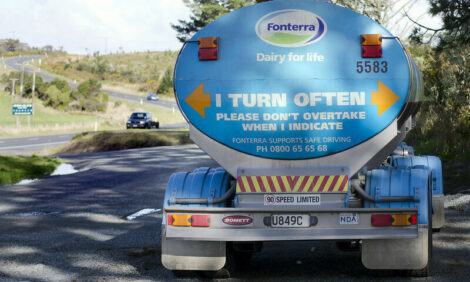



Grazing Crop Residue A Good Way to Cut Feed Costs
CANADA - It’s only mid-summer, but it’s not too early for beef producers to plan ahead for fall grazing with their cattle herds.When annual crops are grown and harvested for seed, the crop residue is essentially a by-product generated at no extra cost. The cheapest and easiest method of using these residues as cattle feed is field piling or field collection with an attachment on the combine, followed by field grazing.
A manufacturer in Alberta has taken the concept of crop residue bunching to a new level by inventing a tool called the “Whole Buncher.” The device looks somewhat like a giant pitchfork attached to the back of a combine. It collects the chaff and straw and dumps the material in piles approximately three feet high, four feet wide, and five feet long. The unit trips automatically and resets back into place with a counter balance weight.
Lorne Klein, a Forage Development Specialist with Saskatchewan Agriculture and Food (SAF), says the device offers a unique spin on the idea of using harvest remnants for feeding cattle. “Instead of the crop residue being baled and hauled to the cattle, the piles are left in the field for the livestock to graze on during fall and winter,” Klein explained.
Source: Discover Moose Jaw


